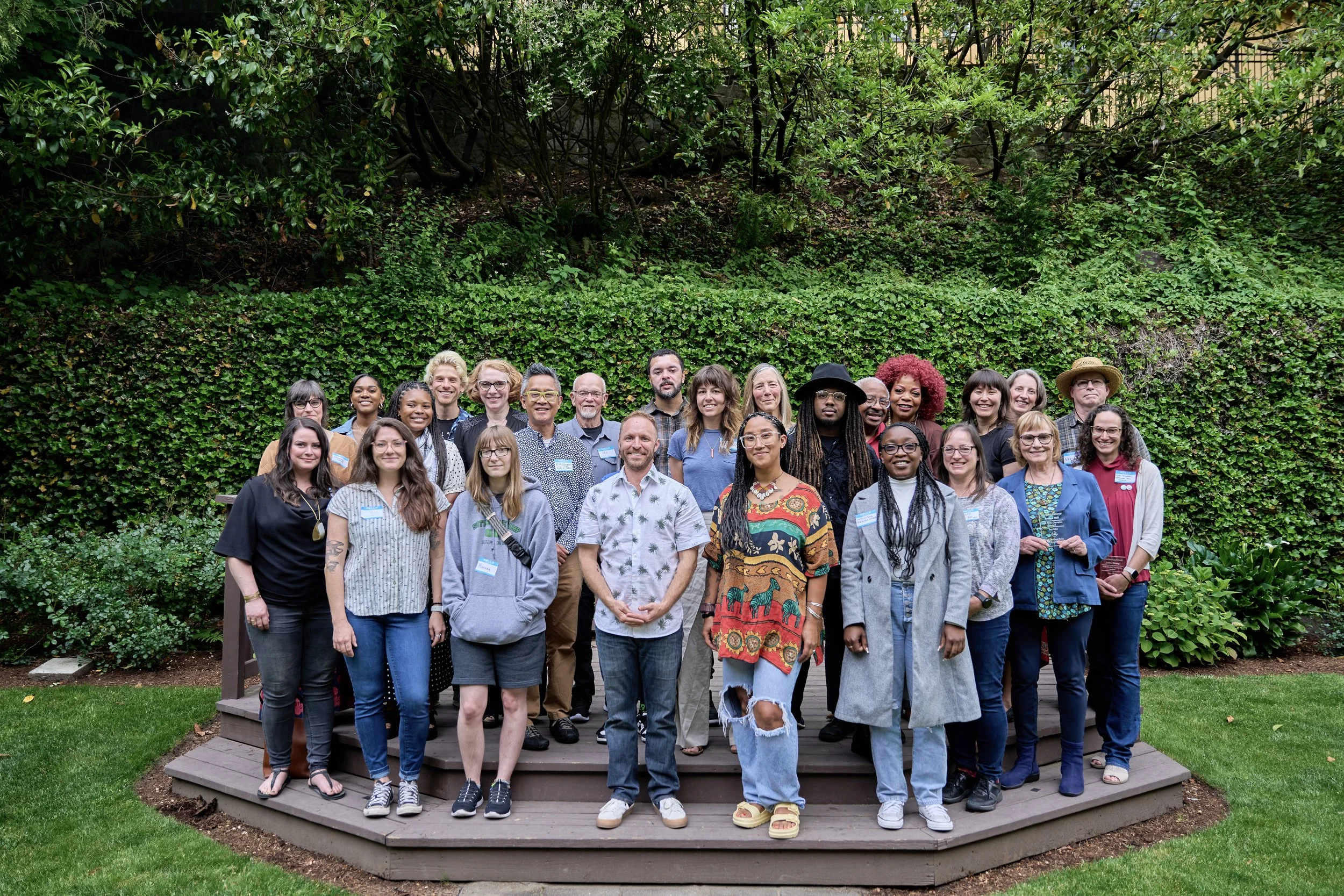It is impossible to refrain from cheering on the sidelines as coaches Brian Christiansen and Curt Miller guide their 3rd grade basketball team through a series of drills, play and even antics at practice. Every Thursday and Saturday this winter you will find these two unsung heroes focusing the unbound energy of their 10-child team into positive recreation and teambuilding.
Brian and Curt are two of the nearly 475 volunteer coaches that lead about 3,750 children each year through Portland Parks & Recreation’s sports team programs. The basketball and volleyball leagues are just a few of the recreational programs Portland Parks & Recreation runs throughout the year in its network of community centers. As parent Greg Rice put it, “Coaches like Brian have the skill set, and love what they do. The kids gain confidence and you can tell.”
Just like his father, Brian started coaching over 4 years ago when his son Colby began playing basketball. While Brian went on to play with other teams all the way through college, he still remembers his youth league days, “To this day, my dad was my best coach.”
Out of all of the basketball teams in Portland, Brian picked coaching with the Portland Parks & Recreation leagues because, “Everyone here gets to play and develop skills. We keep it light and fun so the kids see playing sports and exercise as something they can do the rest of their lives.”
While the teams change each season, Brian still sees some of his previous players around East Portland Community Center. “I’ll never forget my first year coaching. One of my team members was such a sweet kid with a huge passion for basketball, but he didn’t really get the team concept. It was wonderful seeing him pass the ball and enjoy being part of the team by the end of the season.”
Brian enjoys working at Nike where employees are encouraged to support the communities where they live, work and play. “We believe in supporting our communities, and to especially help our kids enjoy being active. I love seeing kids have fun and also grow through these experiences. As a volunteer coach, I also get to show kids how much we care about their growth and wellbeing.”
Portland Parks & Recreation is continually seeking qualified coaches for its sports leagues. Interested volunteers can sign up through the Portland Parks Foundation in the WE Portal or contact Rick Cantu at 503-823-5126 or rick.cantu@portlandoregon.gov to get more information and sign up.





